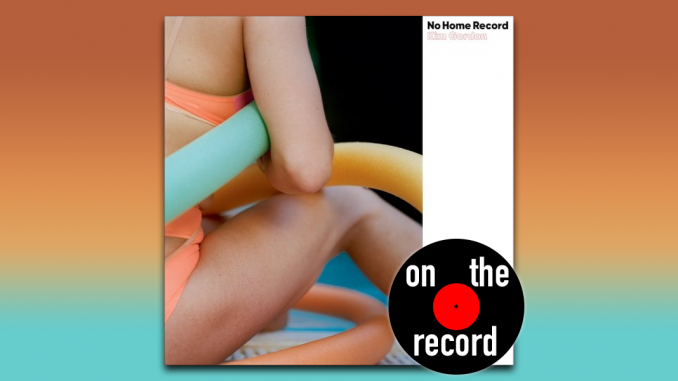
I spent this past weekend in the South of England, pretty much as far down as you can go without wading into the ocean. After nine hours, I got off the train in Newton Abbot, a town that sits just inland in Devon County. I swung by a local pub and found myself dining with no more than a handful of other guests — the typical busy Friday night dinner rush.
On Saturday I lunched with David Knopfler and his wife, the reason for my trip. I wrote about Knopfler’s latest album, Heartlands, for On the Record some weeks back, but I learned over coffees that he’s already moved on to the next project. Back in the day, you could find him playing large-scale venues with Dire Straits, blasting their hit “Sultans of Swing”, but these days he prefers his quiet home studio.
But whether you were once in a world-famous rock’n’roll band, or a college student from Brooklyn, there is something revitalizing about taking the time to do some things for yourself and by yourself. It doesn’t have to mean isolation or selfishness, but it could open a few doors you hadn’t thought to try.
When Knopfler’s wife asked about my interest in her husband’s music, I explained how I grew up on British and American rock’n’roll. (My dad played his Dire Straits CDs so much the cases started to fall apart, and I had to buy him new ones for Christmas.) But then I told her something I’m not sure I’ve ever said out loud to anyone who’s asked that question. I said that for a long time, my music was one thing, and my journalism was another. Maybe it was because I was nervous about potential job prospects and the lack of money, or maybe it was that I hadn’t come across too many female music journalists, but I kept the two things separate. It wasn’t until I started writing On the Record and freelancing that I allowed myself to combine them. It wasn’t until this study abroad experience, which gave me the personal time and freedom to try something new, that I convinced myself that perhaps I could write about music in a more permanent sense. Other people do it — why not me?
This in turn brings me to the album I spun this weeks: Kim Gordon’s No Home Record. Formerly of the famed alternative band, Sonic Youth, Kim Gordon has always been daring, but this is her very first solo album. In the past decade, Sonic Youth disbanded and her 29-year marriage to bandmate Thurston Moore ended in divorce. Now she’s back, with something totally her own.
No Home Record still offers fans the rough, experimental edge Sonic Youth once gave. Gordon uses wild guitar riffs with seemingly no pattern and some downright weird vocals in a sort of Lou Reed-esque arrangement. It’s dissonant and jarring. Those who are looking for a traditional rock’n’roll sound won’t find it here.
Like Patti Smith, David Bowie, and many others, Gordon has always considered herself an artist first, and a musician second. “I think the record’s kind of eccentric,” she said in a recent interview. “The music isn’t something you listen to as much as experience, and the things I’m talking about are not easy to digest.”
Indeed, No Home Record isn’t something to spin for easy listening. It feels muddled, not necessarily in an unorganized sense, but rather in the sort of messy way that one might describe a Jackson Pollock painting or an Iggy Pop concert. You’re not entirely sure what’s going on, or what the explicit message is, but you’re more than a little captivated.
“Bring me back, the blood is overflowin’…the dust is settling, the detailing is sublime,” she half-sings, half-chants on “Get Yr Life Back.”
Pretty gutsy for her debut solo record. Punk, as they say, is an attitude thing, but Gordon has gone beyond that and created something that showcases her spunk, while proving that she belongs at the helm.
